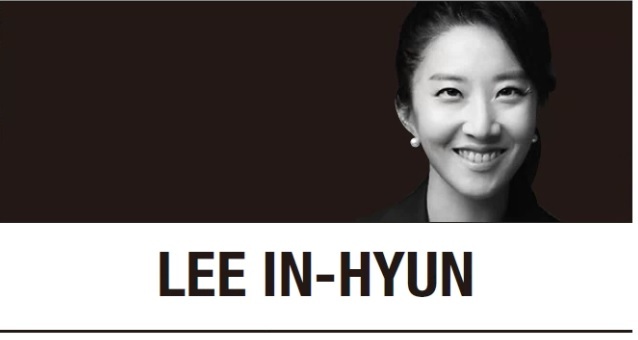[Lee In-hyun] Shall we dance? To Piazzolla’s tango tunes
By Korea HeraldPublished : Aug. 23, 2021 - 05:31

However, because of COVID-19, I have not been able to go anywhere anymore.
If I want to feel the vacation vibe, the only thing I can do is watch YouTube for places I want to go. Sadly, this is the only way to satisfy my hunger. Meanwhile, I saw a video about a music festival in South America. Their dance, passion and atmosphere were enough to excite me. The tango festival that began in Buenos Aires for 18 days was especially amazing to me. Tango was a popular dance that started among the common people, but it has become an art form with the soul of Argentina.
There was only one person who expanded the genre of dance into the genre of art, and that was Astor Piazzolla.
Piazzolla was born into an ordinary Argentine family, and his family moved to New York to live a better life.
He wanted to be a boxer, but his hope was greater than his ability. His father, who was sad to see his son give up on his dream, gave him a traditional Argentinian musical instrument called the bandoneon -- a type of concertina -- as a gift.
Because Argentinian blood was running through his body, he gradually fell into the bandoneon. He showed his musical talent in a short time and was confident. He wanted to play tango with his own character through the bandoneon, but people wanted to listen to tango in a familiar style, not a new style. They started to criticize him rather than praise him.
After learning music through the bandoneon, Piazzolla was frustrated by people’s criticism and disregard, but he could not give up the music. His passion for music was pumping through his heart. So he gave up on the bandoneon and decided to learn classical music. However, the moment he played the bandoneon, he shined the most.
The feeling he could best express came through the bandoneon. The most Piazzolla-like moment, and the truest moment of his life, was when he was playing the bandoneon. After the death of his father, who was his spiritual support, and through many trials and errors, he became stronger. He walked his own path no matter what anyone said.
“You can say my music is not tango, but I cannot say it is not Argentinian,” he famously said. He finally started to be recognized in Brazil, not in his own country, and his tango began to be in the spotlight from Latin America to Europe, the United States and Asia.
Thanks to his effort, the harmonies of jazz and tango and of classical music and tango were accepted naturally. He also brought tango to be recognized as a piece of music, not just a genre of dance. Before, the new tango he created was ignored and rejected, but that tango is now recognized as Argentina’s tango. Thanks to his passion and continuous effort for the music, I am grateful that I can enjoy tango the way he built it.
I especially like “Liber Tango.” Whenever I listen to it, my heart and my body move to the rhythm.
Sound and atmosphere emanating from this piece makes me feel like I am in Argentina. However, his most popular piece with Koreans is “El Tango de Roxanne,” thanks to figure skater Kim Yuna and her performance to it.
Whether it is “Liber Tango” or “El Tango de Roxanne,” it is not important. Close your eyes and listen to the music with a cold beer. It will make you feel like you are in South America, away from the challenging COVID-19 life, for a while.
P.S. This year marks the 100th anniversary of Piazzolla’s birth.
Lee In-hyun
Lee In-hyun is a classical pianist and author of the award-winning book “The Classic Class,” published in January. She works both in Korea and the United States. She currently resides in Los Angeles. (inhyun@bu.edu) -- Ed.
-
Articles by Korea Herald



![[Herald Interview] 'Amid aging population, Korea to invite more young professionals from overseas'](http://res.heraldm.com/phpwas/restmb_idxmake.php?idx=644&simg=/content/image/2024/04/24/20240424050844_0.jpg&u=20240424200058)













![[KH Explains] Korean shipbuilding stocks rally: Real growth or bubble?](http://res.heraldm.com/phpwas/restmb_idxmake.php?idx=652&simg=/content/image/2024/04/25/20240425050656_0.jpg&u=)

